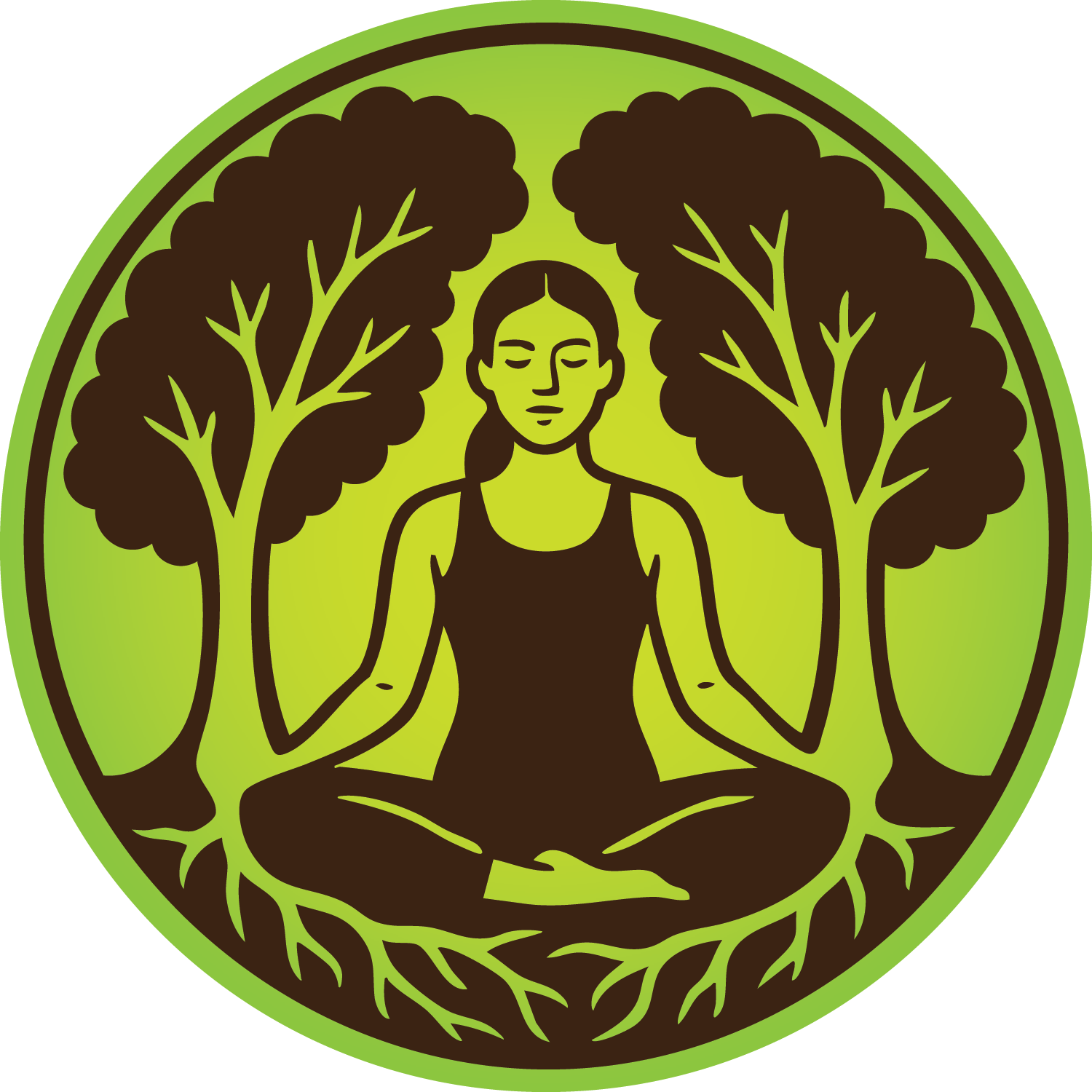shinrin yoku
forest bathingShinrin-yoku
Shinrin-yoku (Japanese: 森林浴, 森林 (shinrin, "forest") + 浴 (yoku, "bath, bathing.[1]")), also known as forest bathing, is a practice or process of therapeutic relaxation where one spends time in a forest or natural atmosphere, focusing on sensory engagement to connect with nature. The practice has gained popularity in various regions in the United States, particularly in California.[2] Shinrin-yoku can be seen as similar to other adopted east-to-west health trends, such as yoga and meditation, in that it has been linked to numerous health benefits and can be performed solo, guided, and/or with others.
REGISTRATION, APPOINTMENT BOOKING:
+36 20 523 1878
Forest bathing is designed to invoke almost every sense: aromatherapy from the plants; the forest sounds of trees rustling, birds chirping, or water rushing; visual stimulation from the flora and fauna; and tactile sensations of the soft soil under your feet or the leaves in your hand. Combined, these experiences work to deliver a stress-reducing therapy that improves physical health as well as psychological well-being. The forest air is cleaner than urban developments and the trees themselves contain phytoncides, antimicrobial organic compounds derived from plants known for a host of benefits, including boosting immune cells.
What is forest bathing?
This Japanese practice is a process of relaxation, known in Japan as shinrin yoku. The simple method of being calm and quiet amongst the trees, observing nature around you whilst breathing deeply can help both adults and children de-stress and boost health and wellbeing in a natural way.

Have you ever taken a walk through nature without any distractions? Possibly without knowing it, you participated in the popular Japanese wellness activity of forest bathing, or shinrin-yoku, as it is traditionally known. Forest bathing is a sensory practice where you “bathe” your senses with natural stimulation from the forest or other nature setting. The idea of shinrin-yoku originated in Japan in 1982. The term arose from the Japanese Forest Agency as a way to attract more visitors to Japanese forests. They defined the practice as “taking in the forest atmosphere or forest bathing.” People forest bathe to lower stress and reconnect with nature. The practice offers several health benefits and has gained popularity as a form of therapy after several studies proved the efficacy of shinrin-yoku.
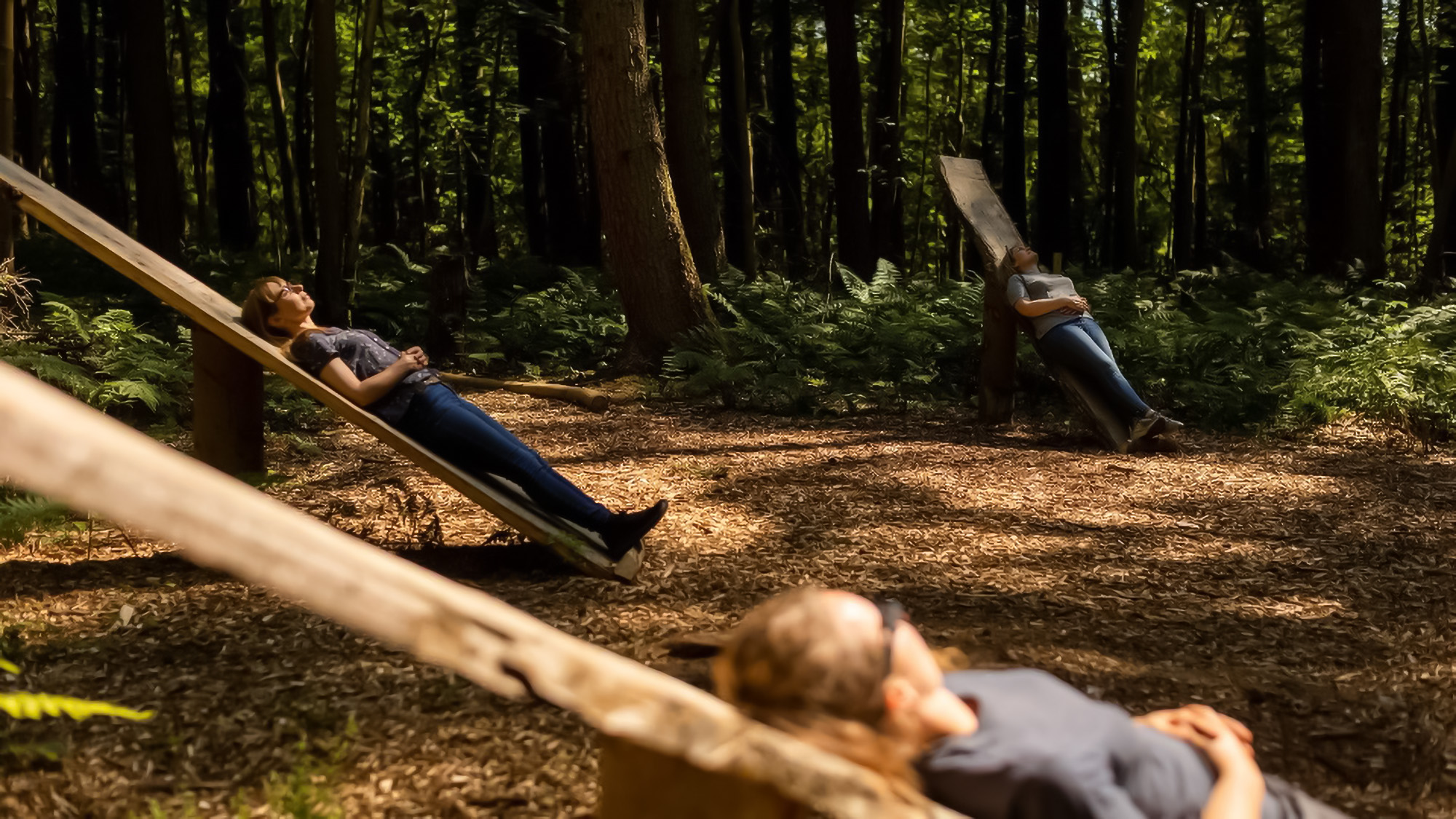
Forest Bathing Benefits
In a 2020 study published by the International Journal of Environmental Research and Public Health, researchers reviewed forest bathing as an approach to improving mindfulness and psychological well-being in participants. They discovered a “significant positive correlation between nature, mindfulness, and measures of psychological well-being” when practicing forest bathing. According to the researchers, the inspiration one feels when surrounded by nature creates a sense of safety and security that can decrease stress levels and promote relaxation.
A study published in the journal Evidence-Based Complementary and Alternative Medicine compared a group of male subjects taking day trips in a forest park to a group put in an urban environment. The forest bathing group displayed improved physical health and reported a decrease in anxiety, depression, fatigue, and confusion compared to the urban walkers. The study’s results clarified the physiological and psychological effects of forest bathing and presented useful applications for clinical use. Forest bathing has emerged as a viable therapy option for people experiencing anxiety, depression, and other mental health stressors.

How to Take a Forest Bath?
Forest bathing could not be more simple or accessible. All that is required is a short walk through nature without any distractions (put your phone away!). The actual length of the walk can vary depending on your preference and physical abilities. Some studies have had participants take two 40-minute walks once a week, while others had participants go on a 20-minute walk every day. However, you can also reap the benefits of forest bathing while sitting quietly in the forest and simply observing, which makes the technique appropriate for all levels of physical ability. The minimum recommended duration of a forest bath is 20 minutes.

Keep safety in mind when practicing shinrin-yoku. Go to a nature trail or an urban park if you do not have access to a preserve. Wear comfortable clothing and appropriate footwear, such as sneakers or hiking shoes. Stick to marked trails, pay attention to your surroundings, and be prepared with sunscreen, allergy medication, and insect repellent if needed. While forest bathing is best done alone, you can go with a partner or group if conversation is kept to a minimum. Sunny weather is ideal for forest bathing, though shinrin-yoku can still be practiced in cloudy or rainy weather.
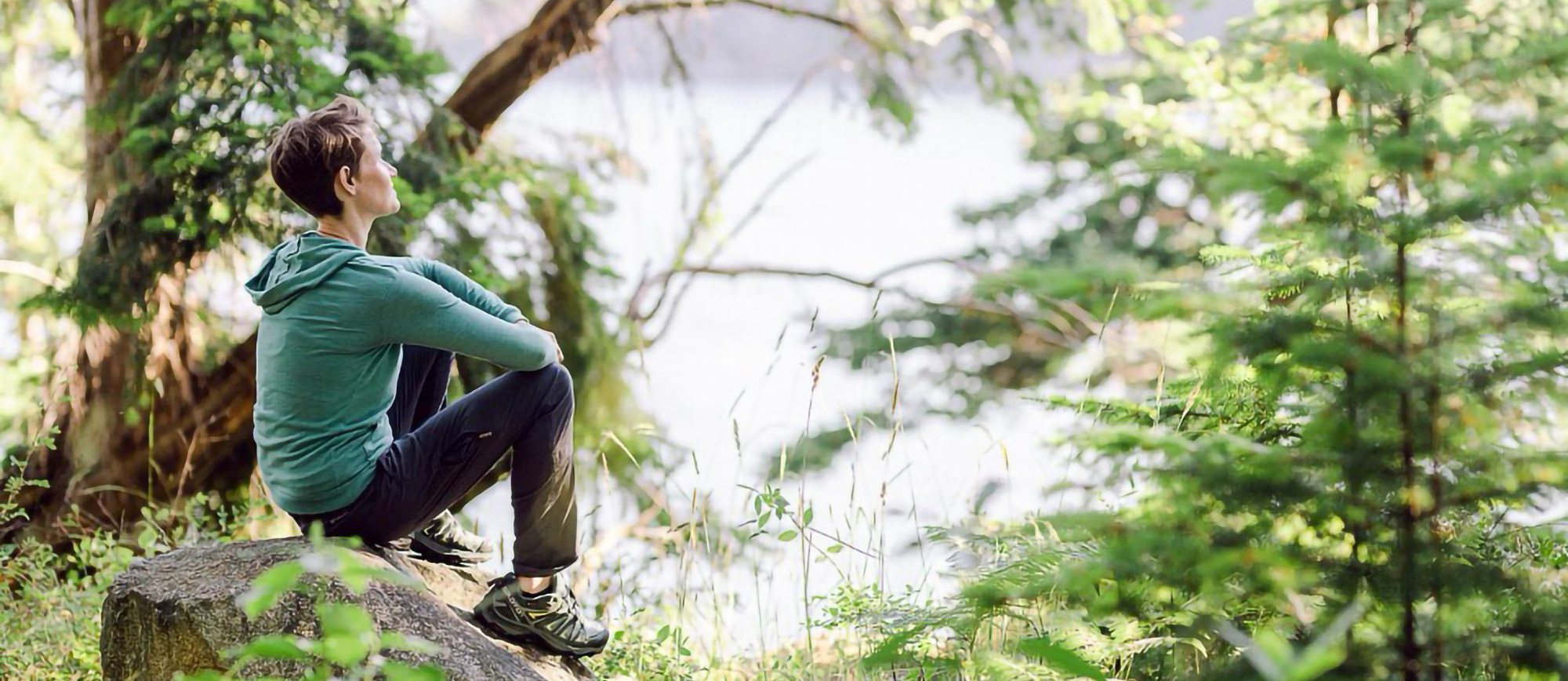
Adults and children can take part in this nature therapy. The actual process is much like meditation. Clear your mind and focus on the here and now, instead of what is going on at work or at home. Breathe deeply and observe the forest around you; move slowly and deliberately; touch the trees and flowers as you pass; pause when you desire to take in the full effect of the forest. According to Phyllis Look, certified forest therapy guide with the award-winning Forest Bathing Hawai'i, a slow, gentle walk or a moment of quiet observation can help deepen your connection with nature. She recommends the following steps when forest bathing: unplug, go slow, use your senses, think less and feel more, give back, and repeat. Although there isn't one specific prescribed outcome, Look has observed participants being more open and present, and many of her clients have reported long-term benefits, including improved attention and mood, increased creativity, and lower blood pressure.
History
Antiquity
The first works related to sylvotherapy go back to antiquity. According to Pliny the Elder, "the smell of the forest where pitch and resin are collected [therefore coniferous forests] is extremely salutary to the phthicists and to those who, after a long illness, have difficulty recovering".
Middle Ages
In the Middle Ages, terpenoids present in the forest atmosphere, especially conifers, in the form of oleoresins (these secondary metabolites found in camphor and turpentine, are chemical defences of plants against herbivores) were used to treat certain diseases (analgesic, sedative, bronchodilator, antitussive, anti-inflammatory, antibiotic and relaxing effect).
Finland
Since the 19th century
The Finnish Forest Association along with the Finnish Forest Therapy Centre promotes forest therapy and provides organized activities for forest visitors to practice it. These activities focus on well-being and mind and body recovery. Visitors include various groups, companies, and communities.
Japan
Japan, being two thirds covered in forest, is filled with greenery and a vast diversity of trees. Residing there is the Hokkaido region, Japan's last great wilderness, and the Japanese Alps, filled with mountain ranges and thick pine forests. The term shinrin-yoku was coined in 1982 by Tomohide Akiyama, who was the director of the Japanese Ministry of Agriculture, Forestry and Fisheries. After several studies were conducted in Japan during the 1980s, forest bathing was seen to be an effective therapy method. Akiyama knew of these studies along with the findings that showed the beneficial health effects of the compounds, such as phytoncides, and of the essential oils that certain trees and plants emitted. Thus, he officially put forward shinrin-yoku as a recognized practice, promoting its benefits to the Japanese public and establishing guidelines for its implementation. Shinrin-yoku was developed as a response to the increasing urbanization and technological advancements in Japan and was put forth to inspire the Japanese public to reconnect with nature within Japan and as a means to protect the forests. It was reasoned that if people spent time in forests and were able to find therapeutic comfort within it, they would want to protect it.
South Korea
In 2009, the Korea Forest Service opened Saneum National Recreational Forest, the first therapeutic forest. Since then, they have opened more and by 2020, there were 32 therapeutic forests in South Korea.
USA
The U.S. Forest Service put forth forest therapy where there are certified guides for the Association of Nature and Forest Therapy. These certified guides conduct two hour sessions in Puerto Rico's El Yunque Rainforest where they bring along participants to experience the powerful effect of forest therapy.
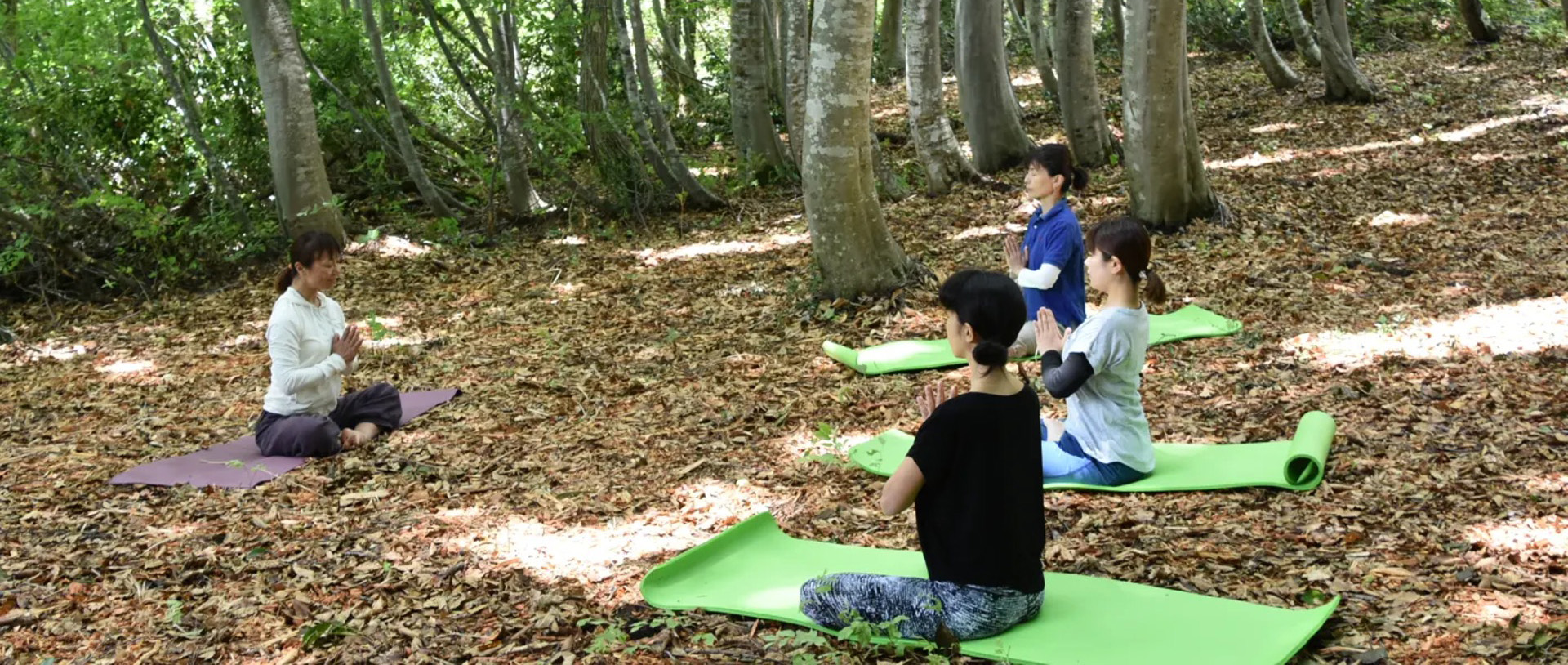
Practising
Practicing shinrin-yoku means spending time in nature, amongst the trees and grass, and mindfully engaging within a forest atmosphere or other natural environments. It is usually done by walking through a forest at a slow and gentle pace, without carrying any electronics, and taking the time to soak up the surrounding nature.
It involves using all five senses and letting nature enter through those senses. Some examples of exercising this can include:
Listening to forest sounds, i.e. birds and insects. Touching the ground, the trees, and the leaves. Smelling the flowers and other essential oils of the plants and trees. Observing the surroundings and scenery Tasting the crispiness of the air while breathing
Reported health benefits
Immune system booster
Many experiments have hypothesized the positive effects of shinrin-yoku on the immune system. It was shown that shinrin-yoku was associated with increasing levels of natural killer cells, which are important in combating infection.
Mental health and mood improvement
Shinrin-yoku is linked to a recharging of positive energy, higher energy levels, and a purification of negative thoughts. Breathing the air in a forest environment is purported to maximize the intake of negative ions that help to increase health, mood, mental clarity, cognitive functioning, and energy levels. The positive effect of the forest environment has also been demonstrated with the use of virtual reality (VR).
Decrease in blood pressure and stress
Participants of conducted studies were seen experiencing a decrease in pulse rate, blood pressure, and concentration of the stress hormone cortisol while walking through a forest for even just a few hours. The power of the essential oils emitted within plant life in forests can reduce stress with the decrease in cortisol concentration.
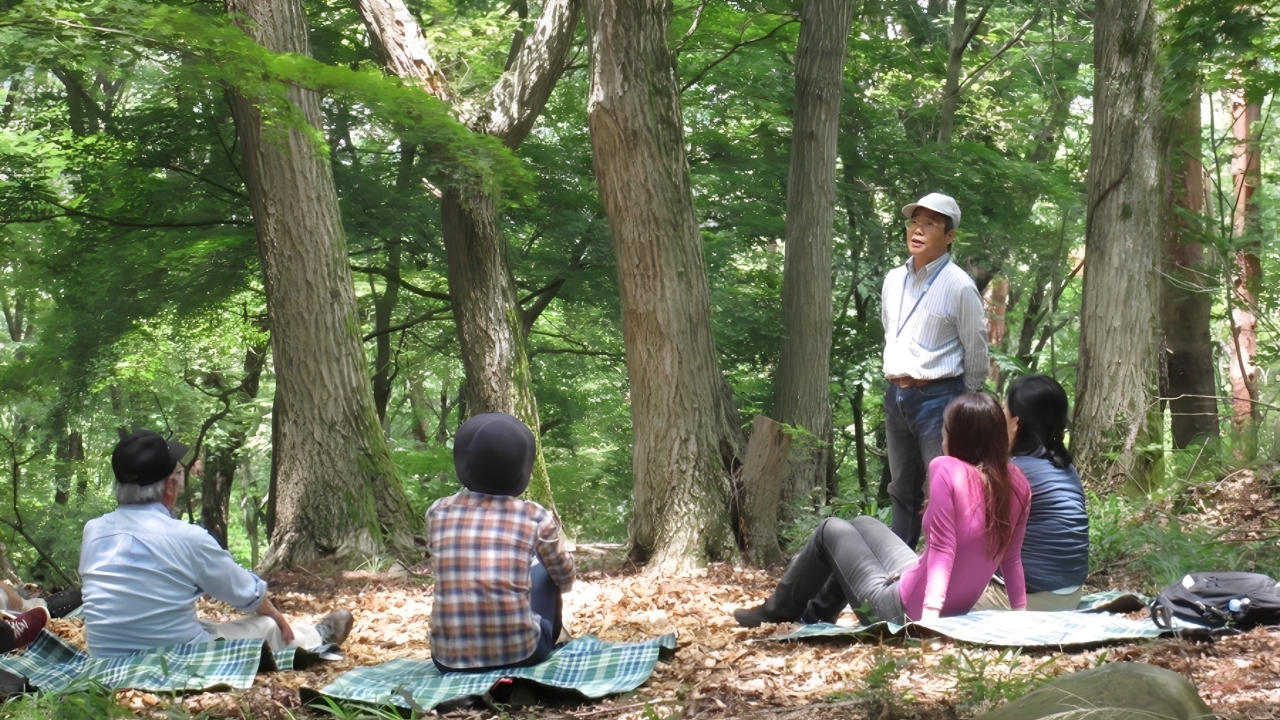
Summary
The essential parts of Shinrin-yoku are summarized in the above texts. I also downloaded scientific materials, but in simple terms, they can all be traced back to the above. Shinrin-yoku is actually a kind of meditation that we do in the force, disconnecting from the real world and leaving our phones behind. Knowing how to meditate is a great help in teaching Shinrin-yoku.
Have some questions?
Contact
3067 Garáb, Petőfi út 41.
grabensiafogado@gmail.com
+36 20 523 1878
Szállást szeretnél foglalni?
Garáb | Grabensia | Nógrád megye | Samsara a Világ legnagyobb Hangtálja | Hangfürdő | Tibeti Hangtálak | Óriás Gongok| Elcsendesedés | Szeretet | Harmónia | Buddhista Szentély | Buddhista Park | Kertlátogatás | Idegenvezetés | Elvonulás | Kirándulás | Kikapcsolódás | Erdei Séta | Meditációk | Jóga elvonulások | Pihenés | Csend | Tibeti hangtál | Nepáli Hangtál| Hangmasszázs | Relaxáció
